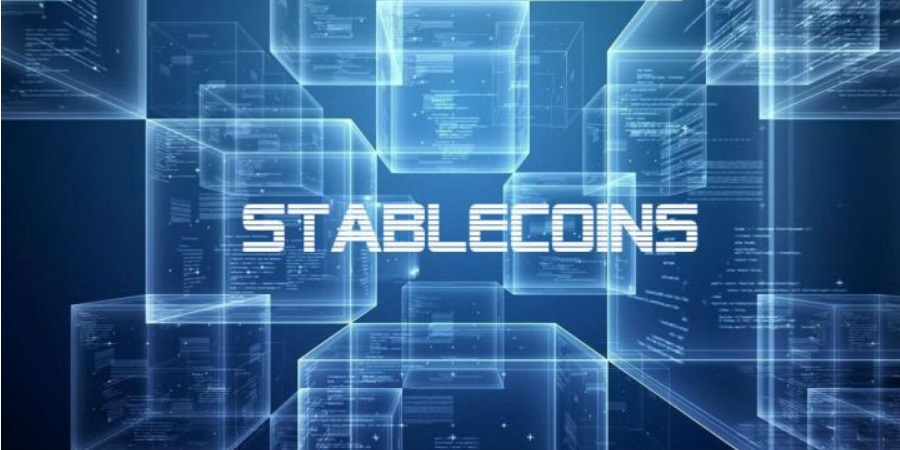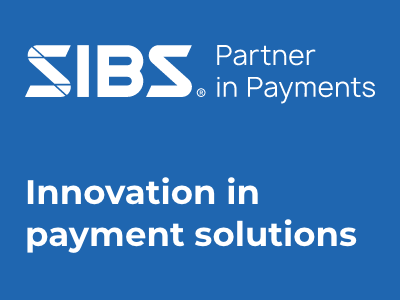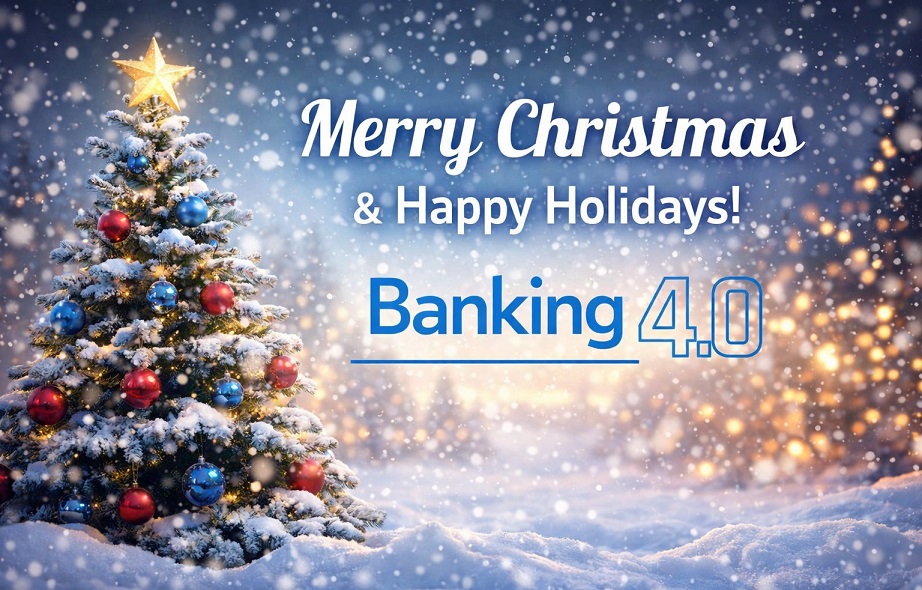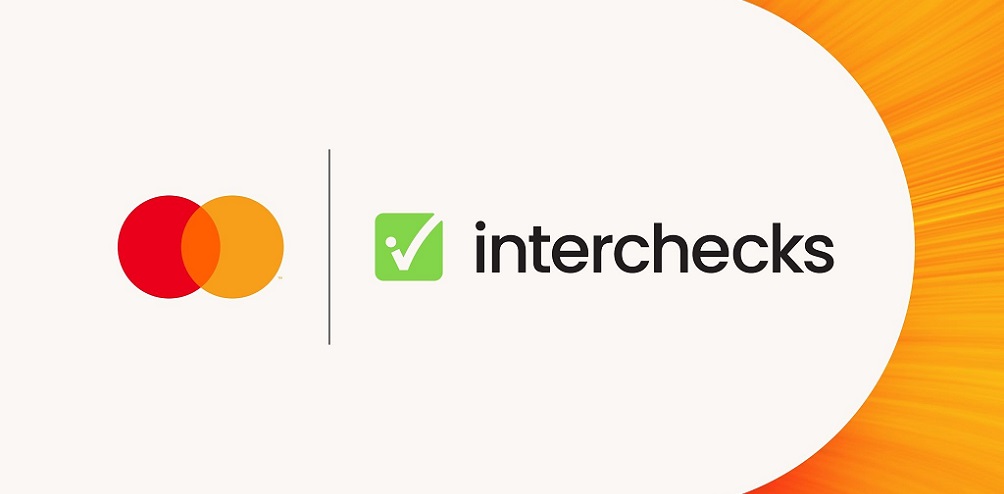Top U.S. banking regulator approves the use of stablecoins to conduct payment activities

The Office of the Comptroller of the Currency (OCC) today published a letter clarifying national banks’ and federal savings associations’ authority to participate in independent node verification networks (INVN) and use stablecoins to conduct payment activities and other bank-permissible functions.
“While governments in other countries have built real-time payments systems, the United States has relied on our innovation sector to deliver real-time payments technologies. Some of those technologies are built and managed by bank consortia and some are based on independent node verification networks such as blockchains,” said Acting Comptroller of the Currency Brian P. Brooks. “The President’s Working Group on Financial Markets recently articulated a strong framework for ushering in an era of stablecoin-based financial infrastructure, identifying important risks while allowing those risks to be managed in a technology-agnostic way. Our letter removes any legal uncertainty about the authority of banks to connect to blockchains as validator nodes and thereby transact stablecoin payments on behalf of customers who are increasingly demanding the speed, efficiency, interoperability, and low cost associated with these products.”
The agency letter concludes a national bank or federal savings association may validate, store, and record payments transactions by serving as a node on an INVN. Likewise, a bank may use INVNs and related stablecoins to carry out other permissible payment activities. In deploying these technologies, a bank must comply with applicable law and safe, sound, and fair banking practices.
Engaging in INVN within the federal banking system may enhance the efficiency, effectiveness, and stability of payments activities and achieve the benefits of real-time payments already enjoyed in other countries. For example, such activities may be more resilient than other payment networks because of the decentralized nature of INVNs, which allows a comparatively large number of nodes to verify transactions in a trusted manner. An INVN also limits tampering or adding inaccurate information to the database because information is only added to the network after consensus is reached among the nodes validating the information.
Banks must also be aware of potential risks when conducting INVN-related activities, including operational risks, compliance risk, and fraud. New technologies require enough technological expertise to ensure banks can manage these risks in a safe and sound manner. Banks have experience with managing such risks, which are similar to those of other electronic activities expressly permitted for banks, including providing electronic custody services, acting as a digital certification authority, and providing data processing services. Among the compliance risks, banks should guard against potential money laundering activities and terrorist financing by adapting and expanding their compliance programs to ensure compliance with the reporting and recordkeeping requirements of the Bank Secrecy Act and to address the particular risks of cryptocurrency transactions.
Banks should develop and implement new activities consistently with sound risk management practices and should align with banks’ overall business plans and strategies.
Related Link – Interpretive Letter (PDF)
Dariusz Mazurkiewicz – CEO at BLIK Polish Payment Standard
Banking 4.0 – „how was the experience for you”
„To be honest I think that Sinaia, your conference, is much better then Davos.”
Many more interesting quotes in the video below:











